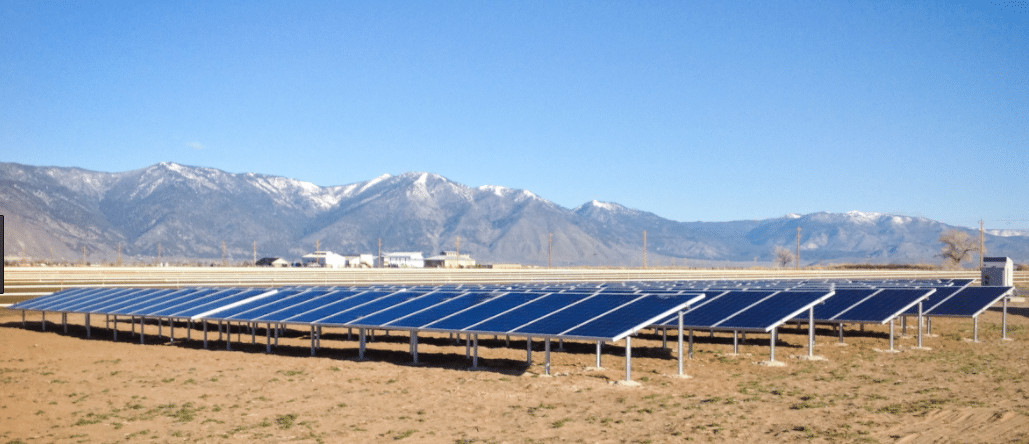The Public Utilities Commission of Nevada (PUCN) has submitted a proposal that would require the state’s utilities to deploy 1 GW of energy storage by the last day of 2030. Specifically, state utilities would have to have installed a combined storage capacity of 100 MW by the end of 2020 increasing 100 MW biennially until 2024, after which the target would become 200 MW biennially until the 1 GW target is met.
Earlier this year, the state passed SB 358, which requires utilities to source 50% of their electricity from renewable energy by 2030, and set a goal for the state to generate enough electricity with zero-carbon sources to meet its own demand by 2050. In that sense, this new storage proposal feels like the next logical step.
Simultaneous in Nevada, NV Energy has announced plans to add just under 1.2 GW of new solar generation and 590 MW of battery storage by 2025.
According to Western Resource Advocates:
The new solar plus storage additions are part of NV Energy’s Third Integrated Resource Plan amendment that was approved today by the Public Utilities Commission of Nevada. The solar additions will come through three new facilities in Nevada: the Gemini, Moapa, and Southern Bighorn projects.
If the proposal were to pass, the earliest it could do so would be late-Q1 2020, or likely Q2 2020.
One project that could contribute to a huge portion of this goal is NV Energy’s mammoth 531 MW / 2125 megawatt-hour (MWh) battery planned accompany the 690 MWac Gemini Solar project. Details of the battery system are sparse, however we do know the Gemini addition would become the largest battery system known to pv magazine; larger even than the 409 MW / 900 MWh battery that Florida Power and Light is planning, or the 495 MW battery that is planned as part of the Juno Solar project in West Texas – neither of which have yet been installed.
Assuming it can get all the approvals in time, the developer plans to begin construction in October 2019, and could complete the first phase in 2021, with the remainder of the project planned to come online in 2022 or 2023.
Much like we at pv magazine have been recounting the awakenings of the Texas and Florida solar markets over the past 18 months, we should not overlook Nevada. Everything listed above has happened in the past year, and is insane movement, even for a state which is already 4th in the nation for toal installed solar capacity at 3.5 GW, according to SEIA.
Nevada still has substantial coal and gas-fired generation, but the future is likely to be even more powered by solar and batteries, as the U.S. Department of Energy estimates that it has the best natural solar potential of all 50 states. These moves by PUCN and NV Energy seem to echo that sentiment.
This content is protected by copyright and may not be reused. If you want to cooperate with us and would like to reuse some of our content, please contact: editors@pv-magazine.com.









It is good that USA is going in a big way towards renewables, particularly Solar inspite of withdrawing from Paris agreement.
Atleast on environmental issues, all countries should unite as environment and its effects have no strict boundaries.